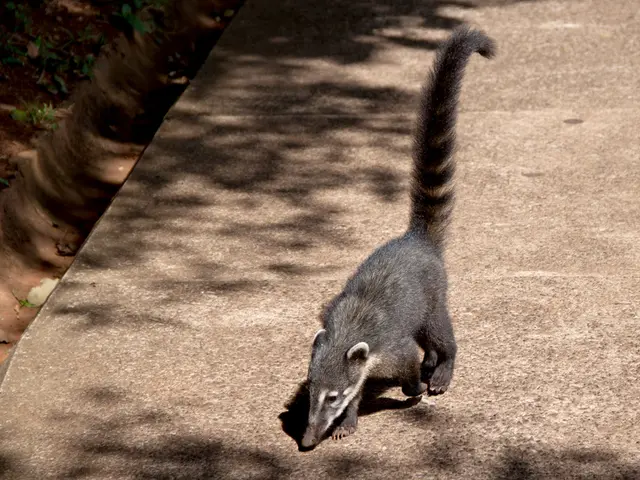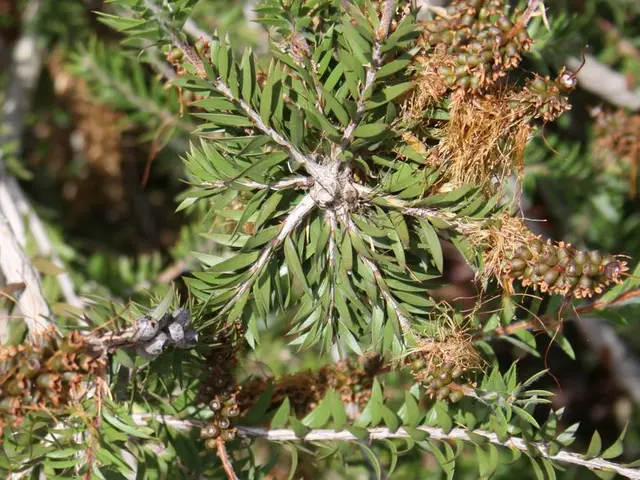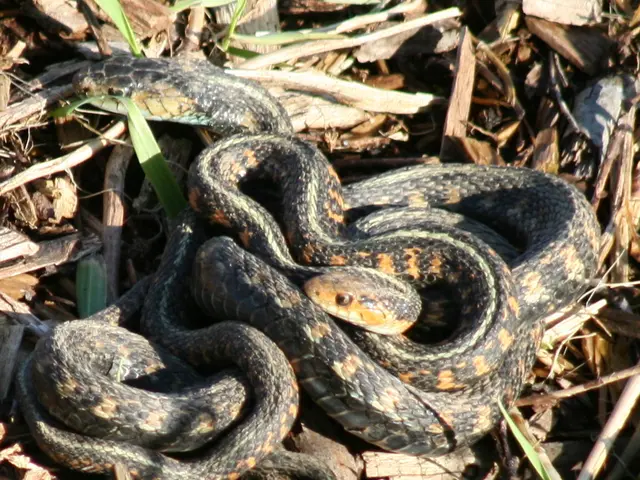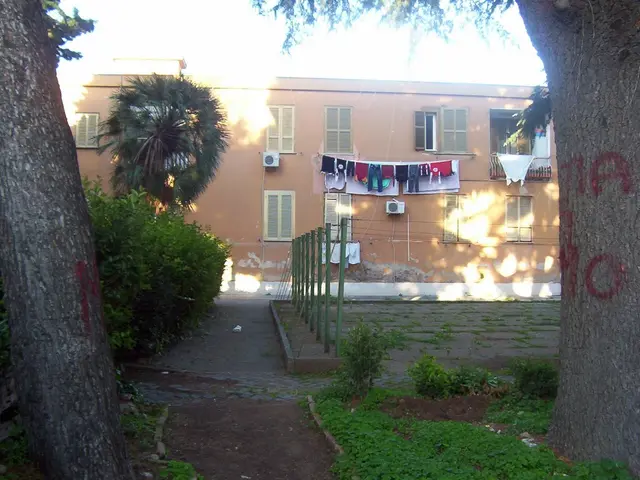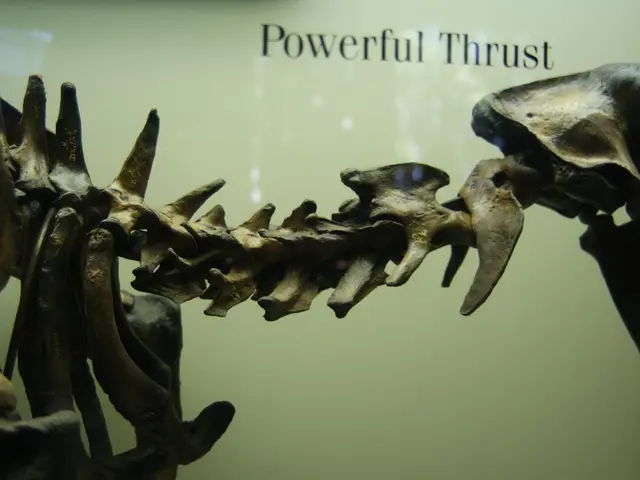Guide for Vibrant Forget-Me-Not Blossoms in Your Spring Flower Bed
Bluebells with a Twist: All About Forget-Me-Nots
Forget-me-nots - those adorable blue flowers with the yellow centers - are beloved by gardeners for their potential to pop up stunning displays of color in your garden. But are they more than just a pretty face?
True Forget-Me-Nots?
First, let's clear up the common name confusion. "Forget-me-not" is used to label a wide assortment of plants from the genus Myosotis. Just because a flower is called a forget-me-not doesn't necessarily mean it's an authentic member of the Myosotis scorpioides family. It's wise to be aware of what kind of forget-me-not you're growing.
An Unwanted Guest
You might want to research the particular species of forget-me-not you're working with, as certain varieties are considered invasive in many areas of the United States. Myosotis sylvatica (woodland forget-me-not or ornamental forget-me-not) is one example of an invasive forget-me-not, posing a threat to garden spaces and local ecosystems.
Pro tips:
- Be on the lookout for invasive species in your region, and skip them if necessary.
- Myosotis alpestris, the Alpine forget-me-not (native to western North America), can be a great alternative to the invasive species.
Gardening Delights
Beyond being a joy to look at, these flowers play an essential role in attracting various pollinators, making them valuable plants for your garden. Here are some of the key details you should know:
- Height: 6-12 inches (15-30 cm)
- Spread: 6-12 inches (15-30 cm)
- Sun Exposure: Full sun, part shade
- Soil Requirements: Neutral, wet
- Hardiness Zones: 3-9
- When to Plant: Spring, fall
- Bloom Time: Spring
Growing Your Forget-Me-Nots
It's vital to cater to the specific needs of your selected forget-me-not species. Start by understanding the growth and care requirements for each type. Here's a brief breakdown on how to get your flowers off to a strong start:
- Planting Forget-Me-Not Seeds: You'll want to sow seeds either during the fall or spring, depending on the cultivar. Some forget-me-nots, such as annuals, may require a cold stratification period before planting.
- Transplanting & Repotting: After you see your seedlings sprout, it's crucial to handle them with care. Wait until they have a couple of sets of true leaves before transferring them to their permanent home.
- Propagation: With most forget-me-not species, propagation usually happens naturally as the plants self-seed, spreading rapidly throughout the garden. However, you can also propagate forget-me-nots by division or rooting cuttings from their stolons and rhizomes.
Take Care
Besides taking care of your forget-me-nots, it's essential to know that certain varieties can become invasive in certain areas. Learn about the specific species of forget-me-nots and their characteristics to avoid overrunning unwanted invasives in your garden.
FAQs:
- Will forget-me-nots come back every year?
- Can I plant forget-me-nots too early?
- What if I plant forget-me-not seeds in fall?
Forget-me-nots can bring delight to any garden with their charming blooms. By familiarizing yourself with various species, you can make sure your garden bed has the perfect forget-me-not for your region and climate. Happy gardening!
Sources:
[1] University of Wisconsin-Madison Division of Extension (2020). Myosotis sylvatica (woodland forget-me-not). Invasive Plants of Wisconsin. https://www.invasiveplantswi.org/IWakedoUs injuringBiomass/Id/27423
[2] National Wildlife Federation (n.d.). Forget-me-not. Native Plant Finder. https://www.nwf.org/NativePlantFinder/Plant/FactSheet/288
[3] University of Florida Extension (n.d.). Touch me not, Bleeding heart. Plant Facts. https://paradisephotography.net/ufl-plants/misc-plants/touch-me-not-bleeding-heart.html
Incorporating Home-and-Garden ElementsExpand your home-and-garden collection by including forget-me-nots in your garden, which not only offer lovely blue blooms but also cater to pollinators.
Proper Lifestyle ConsiderationsWhen choosing a forget-me-not species, be mindful of their growth and care requirements, and carefully research if certain varieties might pose invasive risks within your specific home-and-garden setting.

